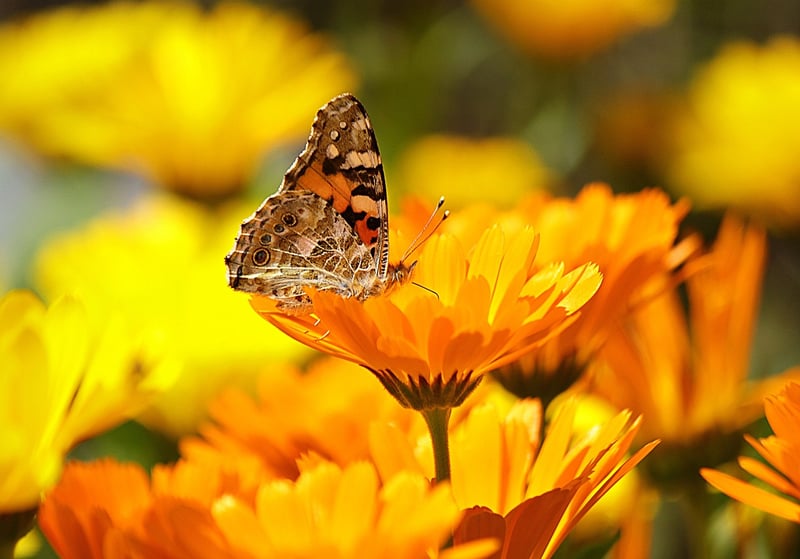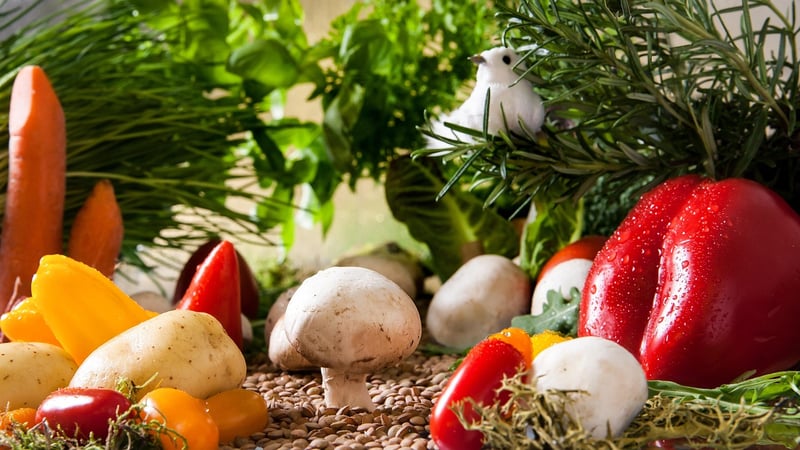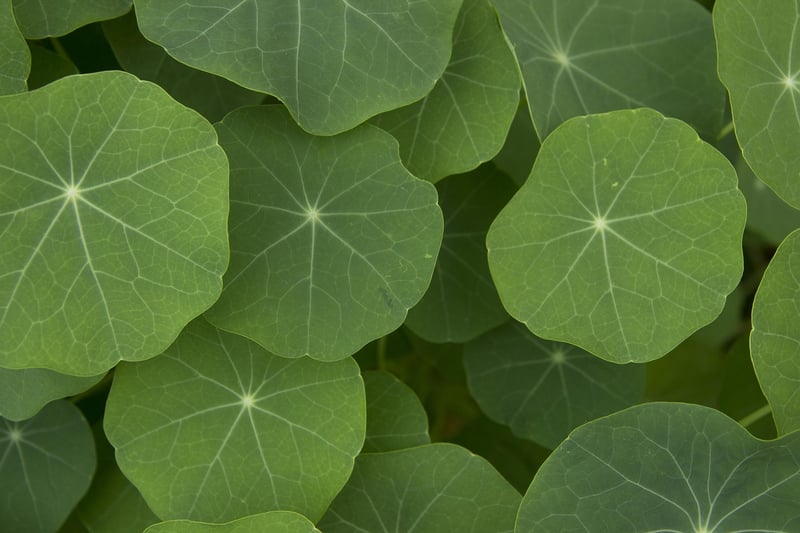Companion Planting
Protecting Plants from Pests Sustainably with Companion Planting
Are you tired of battling pests in your garden using harmful chemicals? Companion planting might just be the solution you are looking for! This sustainable gardening practice involves planting certain species together to provide natural pest control, improve soil health, and increase overall yield.
What is Companion Planting?
Companion planting is an age-old practice where different plants are grown together to benefit one another. By strategically placing plants with mutualistic relationships, you can create a balanced ecosystem that naturally deters pests, attracts beneficial insects, and promotes plant growth.
Benefits of Companion Planting:
- Natural pest control
- Improved soil health
- Enhanced pollination
- Increased crop yield
- Biodiversity support
Examples of Companion Planting:
Here are some common examples of companion planting that can help protect your plants from pests:
1. Marigolds with Tomatoes
Marigolds naturally repel nematodes, which can damage tomato plants. Planting marigolds around your tomato plants can help protect them from these harmful pests.
2. Basil with Peppers
Basil not only enhances the flavor of peppers but also repels aphids, spider mites, and other pests that commonly affect pepper plants.
3. Nasturtiums with Cucumbers
Nasturtiums act as a trap crop, attracting aphids away from cucumber plants. This helps protect your cucumber vines from being infested by these damaging pests.
Get Started with Companion Planting:
Ready to try companion planting in your garden? Start by researching which plants work well together and which combinations can help protect your crops from specific pests. Experiment with different pairings to find what works best for your garden!
Remember, companion planting is just one component of a holistic approach to gardening. Combine it with practices like crop rotation, mulching, and proper watering to create a thriving and sustainable garden ecosystem.



Give companion planting a try and watch your garden flourish without the need for harmful chemicals!
For more information on sustainable gardening practices, visit www.sustainable-gardening.com
